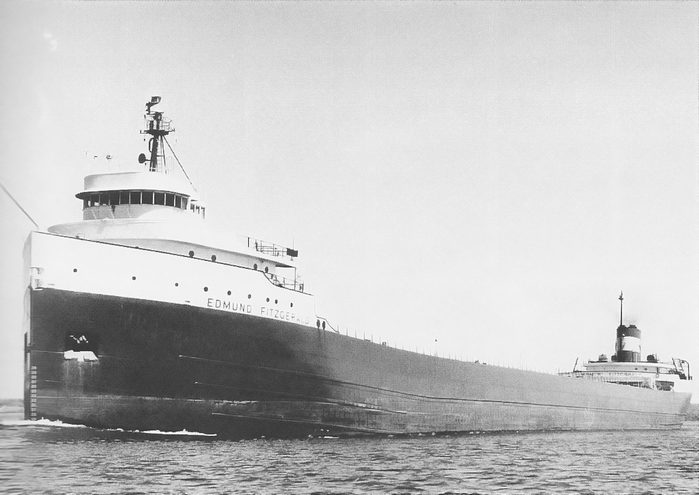
10 Haunting Canadian Shipwrecks
SS Edmund Fitzgerald
Immortalized by the Gordon Lightfoot ballad “The Wreck of the Edmund Fitzgerald,” the tragic demise of the largest ship in Great Lakes history is haunting to this day. On November 10, 1975, the 722-foot-long Edmund Fitzgerald, carrying over 26,000 tonnes of iron ore from Superior, Wisconsin to Detroit, Michigan, ran into a vicious storm. The ship, along with her 29-man crew, sank in Lake Superior, 27 kilometres from Sault Ste. Marie, Ontario. After investigating the disaster, the U.S. Coast Guard and National Transportation Safety Board agreed that flooding from faulty cargo hatches caused the sinking.
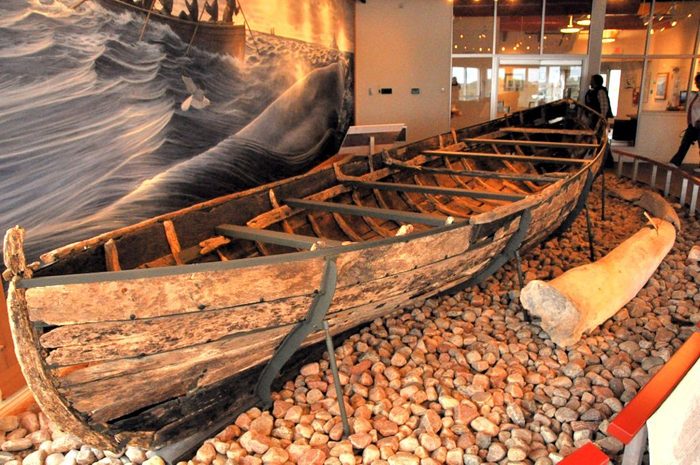
The Basque Vessels of Red Bay
In the tiny fishing village of Red Bay in Newfoundland and Labrador, you’ll find one of the best-preserved underwater archaeological sites in North America. Between 1543 and the 1570s, the Basques—a European ethnic group from the Pyrenees region between modern-day France and Spain—came to these waters in search of bowhead whales. (Blubber from the whales was used for lighting, soap making and textile manufacturing.) In 1978, a team from Parks Canada located several sunken chalupas (pictured above), as well as the San Juan, a Basque galleon that sunk in the fall of 1565. The whaling stations of Red Bay were designated a UNESCO World Heritage Site in 2013.
Check out all 20 UNESCO World Heritage Sites across Canada.
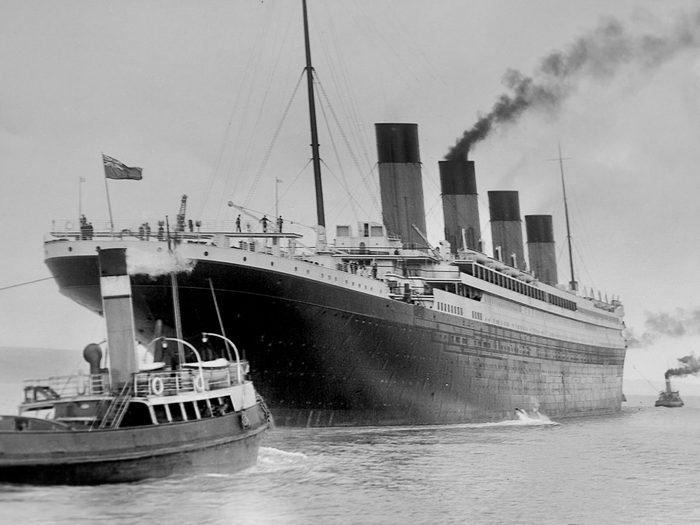
RMS Titanic
Perhaps the world’s most famous shipwreck, the story of the RMS Titanic has been recounted in books, songs and films. Almost everyone knows the basics: in the early morning of April 15, 1912, the British ocean liner struck an iceberg, flooded with water, and sank into the North Atlantic, 640 kilometres south of St. John’s. Considered an unsinkable ship by its owners at the White Star Line, approximately 1,635 of the 2,200 passengers and crew perished in the freezing ocean waters. In 1985, a joint French-American expedition discovered the wreck at a depth of 12,500 feet—the two halves of the ship lie about 600 metres apart.
Here are more Titanic facts most people don’t know.
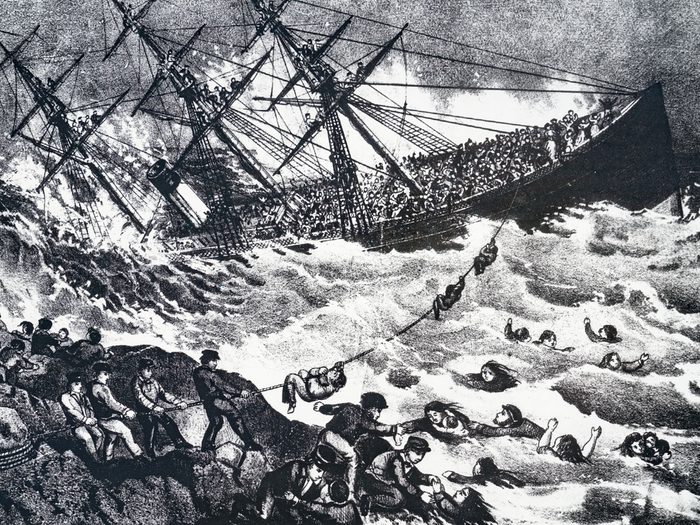
SS Atlantic
The Titanic wasn’t the first ship from the White Star Line to meet a tragic end. On April 1, 1873, while transporting some 975 passengers and crew from Liverpool to New York City, the SS Atlantic smashed into the rocky shores of Lower Prospect, a fishing community in Nova Scotia. The Atlantic‘s captain, James A. Williams, had originally intended to go to Halifax to get more coal, but strong currents sent the ship dangerously off-course. More than 500 people died in the wreck, but had it not been for the life-saving efforts of Lower Prospect’s residents, that number would’ve been higher.
Check out the inspiring stories of 20 Canadian heroes you didn’t learn about in school.
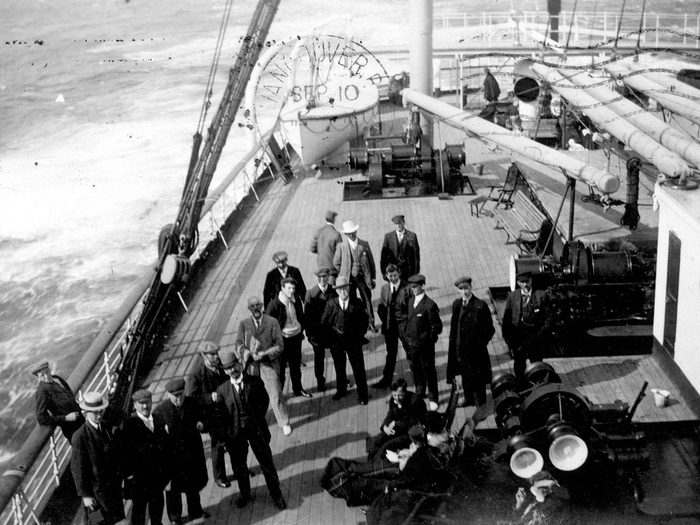
RMS Empress of Ireland
Known as the “Canadian Titanic,” the RMS Empress of Ireland is the deadliest shipwreck in Canadian history. On the morning of May 29, 1914, the SS Storstad, a Norwegian steam cargo ship, collided into the Empress of Ireland near the mouth of the Saint Lawrence River. (The Empress was travelling to Liverpool from Quebec, but a thick fog made it difficult for both ships to navigate.) In the wake of the Titanic disaster, the Empress of Ireland was equipped with watertight compartments and a surplus of lifeboats. The modifications, however, were futile: the ocean liner sank into the water in less than 15 minutes, taking with it the lives of 1,012 of the 1,477 onboard.
Read up on another tragic event that made headlines just two years later: the worst forest fire in Canadian history.
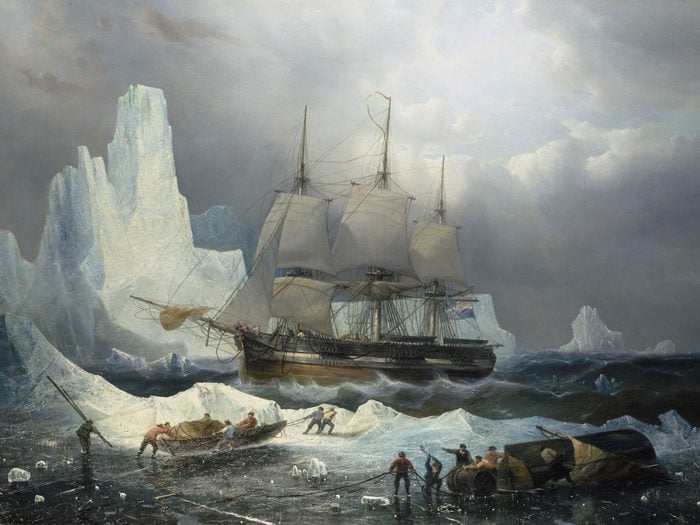
HMS Erebus and HMS Terror
In 1845, explorer Sir John Franklin set sail from England with two ships, HMS Erebus and HMS Terror, in search of the Northwest Passage across the Canadian Arctic. The two ships became icebound in the Victoria Strait in present-day Nunavut. By 1848, Franklin had died, and the surviving crew members abandoned the two ships, never to be heard from again. In 2014, an Inuit/Parks Canada joint expedition led to the discovery of the Erebus, while the Terror was located two years later. Researchers have concluded that hypothermia, starvation, lead poisoning and scurvy were the leading causes of death for the crewmen. Among their grisly discoveries were cut marks on bones that suggest some of the men resorted to cannibalism.
We’ve rounded up Canada’s creepiest unsolved mysteries.
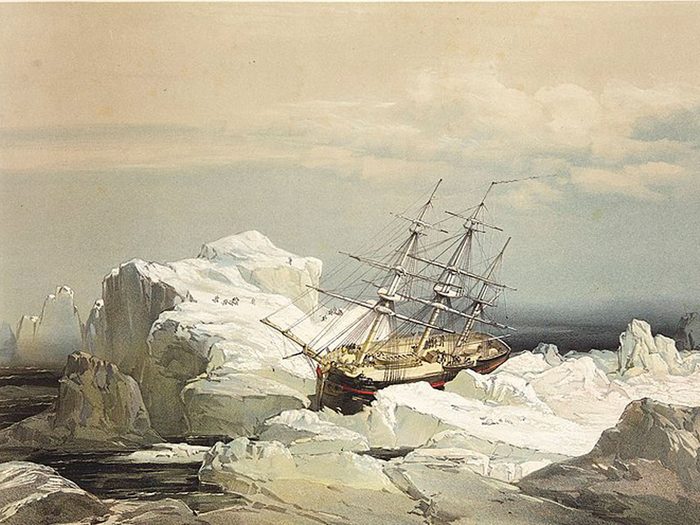
HMS Investigator
In 1848, the HMS Investigator was sent to look for the lost Franklin expedition. Unfortunately, the Investigator itself was doomed, becoming icebound near Banks Island in the Inuvik Region of the Northwest Territories. With crew members suffering from freezing temperatures and starvation, the ship was abandoned in 1853. (Surviving crewmen were miraculously rescued by another British ship, the HMS Resolute.) In 2010, a team of Parks Canada scientists, archaeologists and surveyors began searching for the Investigator. The ship was found just eight metres below the surface. Unlike the mysterious Franklin expedition, two written accounts of the Investigator disaster exist—from the ship’s captain and surgeon, respectively.
Read up on the worst natural disasters in Canadian history.
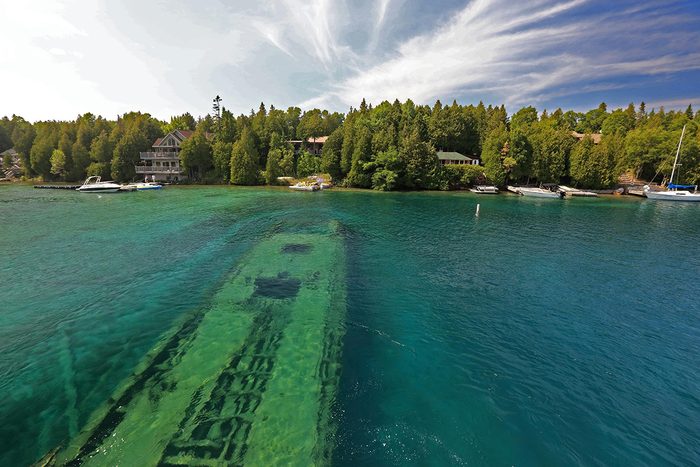
Sweepstakes
The Sweepstakes was a Canadian sailing vessel that was damaged by a rock near Cove Island in Tobermory, Ontario, in 1885. It was towed to nearby Big Tub Harbour to be mended, but repairs weren’t finished in time and the schooner sank. Although she continues to deteriorate each year, the Sweepstakes is actually one of the best-preserved shipwrecks in the Great Lakes—and a popular tourist attraction for divers and snorkellers in Tobermory.
Check out more historical landmarks every Canadian needs to visit.
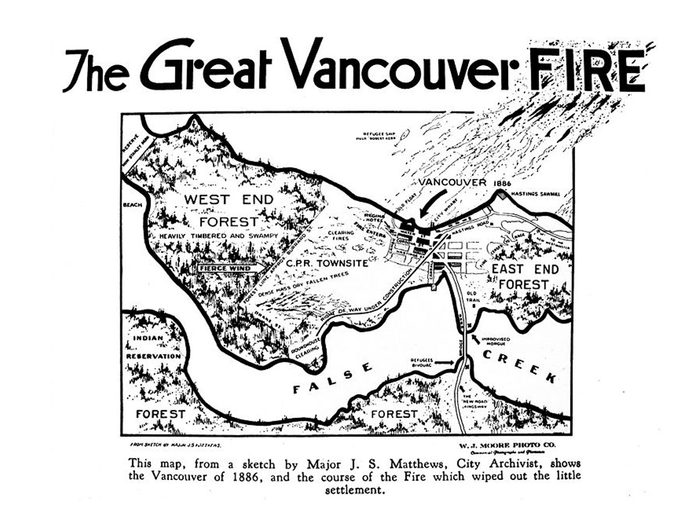
Robert Kerr
On June 13, 1886, controlled burns set by the Canadian Pacific Railway to clear fallen trees accidentally triggered the Great Vancouver Fire. In a matter of hours, the entire western portion of the city was engulfed in flames. During the disaster, which would leave more than 1,000 people homeless, an estimated 200 sought refuge aboard the Robert Kerr, a schooner named after a then-prominent trader. The ship escaped a fiery fate and continued to operate until 1911, when she struck reefs near Thetis Island off the coast of B.C., becoming one of Canada’s most famous shipwrecks. The life-saving ship is officially recognized by the British Columbia Heritage Conservation Act—and her wreckage remains a popular site for divers.
Discover more hidden gems in B.C.
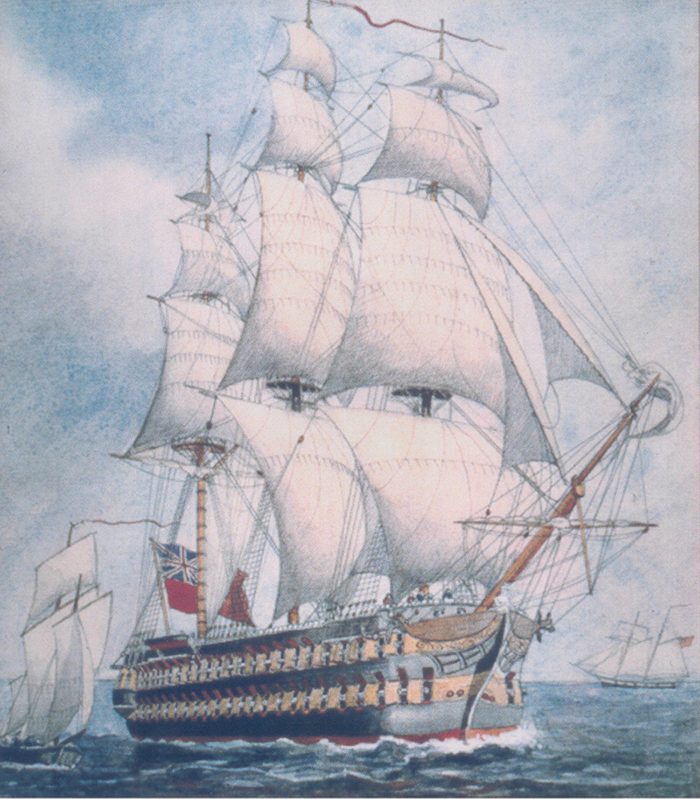
HMS St. Lawrence
During the War of 1812, clashing British and American forces raced to gain control of Lake Ontario. For the British, the pride of the fleet was the HMS St. Lawrence, the largest and most-heavily armed warship of its time. Christened after the river of the same name, the warship carried 112 guns, housed 800 crew members, and measured 194-feet long from stern to bow. The St. Lawrence, however, would ultimately never fire a shot, and instead spent the duration of the war transporting supplies and troops. After the war, she was decommissioned and, in 1832, what remained of her sank in the lake. Her final resting place, Kingston Harbour, has become a popular diving spot.
Next, find out what happened to the Bluenose—the most famous ship in Canada’s history.